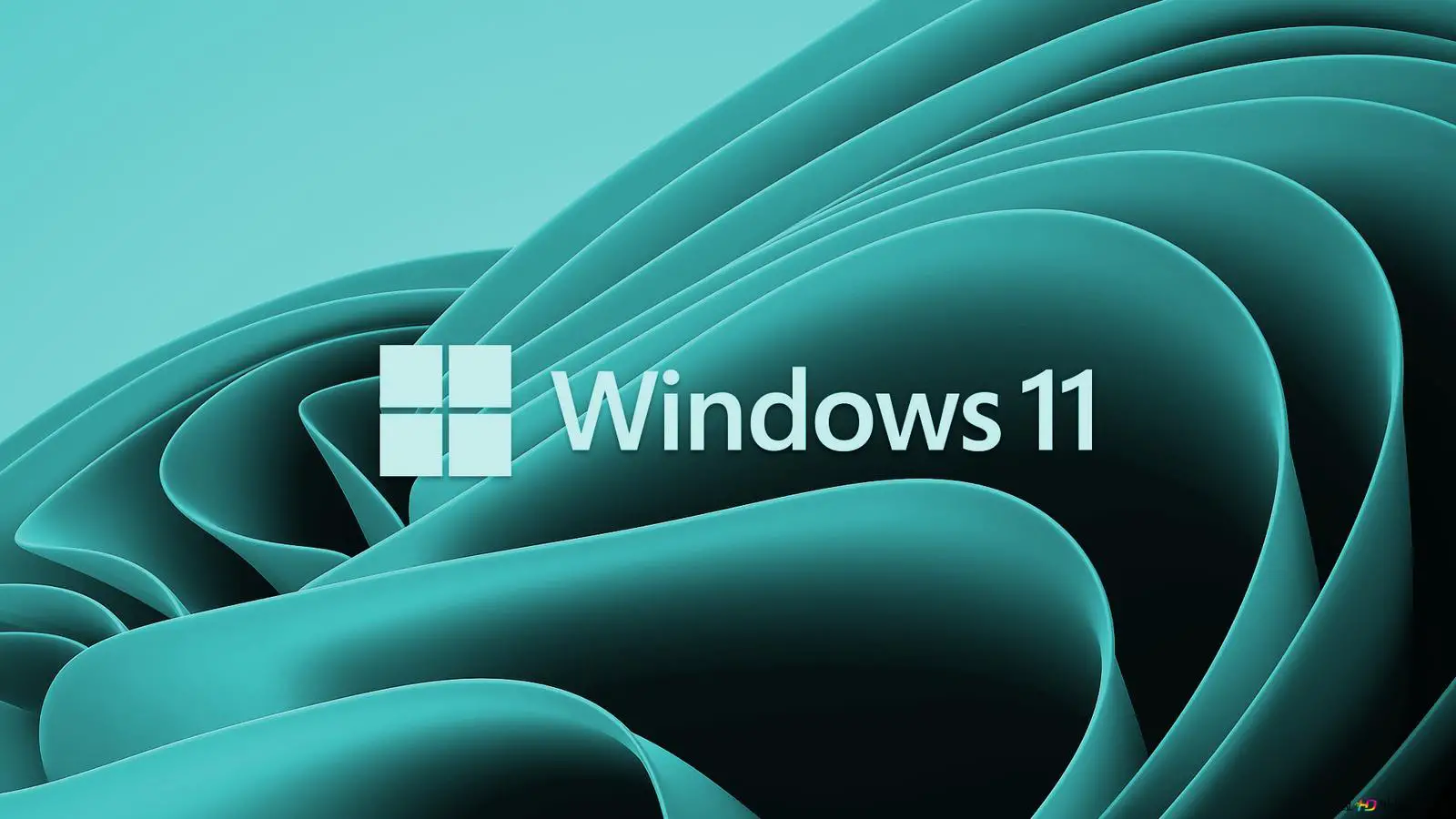The Registry Editor is a powerful tool in Windows 11 that allows users to view and edit the system registry, which contains critical configuration settings for both the operating system and installed applications. For users who frequently tweak or modify the registry, creating favorites in the Registry Editor is a useful way to quickly access specific keys or values. However, it is crucial to know how to back up these favorites to prevent data loss and restore them if needed. In this tutorial, we will guide you through the process of backing up and restoring favorites in the Registry Editor in Windows 11.

Also Read- How To Turn On Or Off Autocorrect Misspelled Words In Windows 11
Why Backup and Restore Registry Favorites?
Backing up registry favorites is essential for several reasons:
- Prevents Data Loss: If you reset or reinstall Windows 11, you might lose all your saved favorites in the Registry Editor. Backing them up ensures you can quickly restore them later.
- Saves Time: If you regularly access specific registry keys or values, restoring your favorites can save time rather than navigating through the registry tree each time.
- Facilitates Easy Transfer: If you use multiple computers or plan to migrate your settings to a new device, backing up your registry favorites allows easy transfer.
Now, let’s dive into the step-by-step process to backup and restore favorites in the Registry Editor in Windows 11.
Also Read- How To Check And Monitor The Current GPU Temperature In Windows 11
Step 1: Open the Registry Editor
Before you can back up or restore favorites, you need to open the Registry Editor:
- Press
Win + Rto open the Run dialog box. - Type
regeditand pressEnteror click OK. - If prompted by User Account Control (UAC), click Yes to allow access.
The Registry Editor window will open, displaying the hierarchical structure of the Windows registry.
Step 2: Access the Favorites in Registry Editor
To access your favorites in the Registry Editor:
- Click on the Favorites menu in the top menu bar of the Registry Editor.
- A dropdown list will appear, showing all the saved favorites.
These are the registry paths or keys you have previously marked as favorites.
Step 3: Export the Favorites from the Registry Editor
To back up the favorites, you need to export the specific registry key that stores these favorites. Follow these steps:
- Navigate to the following path in the Registry Editor:Copy code
HKEY_CURRENT_USER\Software\Microsoft\Windows\CurrentVersion\Applets\Regedit\Favorites - Right-click on the Favorites key in the left pane.
- Select Export from the context menu.
- Choose a location to save the exported file. You can save it on your desktop or any folder you prefer.
- Enter a name for the export file, such as
RegistryFavoritesBackup.reg. - Click Save.
The favorites registry key will be exported to a .reg file, which contains all your saved favorites.
Step 4: Verify the Backup File
It’s always good practice to verify that the backup file has been created successfully.
- Navigate to the location where you saved the
.regfile (e.g., your desktop or a specific folder). - Ensure that the file (
RegistryFavoritesBackup.reg) is present and has a valid size (not 0 bytes).
This confirms that your registry favorites have been successfully backed up.
Step 5: Restore Favorites in the Registry Editor
To restore your favorites in the Registry Editor, you need to import the previously exported .reg file. Here’s how to do it:
- Open the Registry Editor (if it’s not already open).
- Click on the File menu in the top menu bar.
- Select Import from the dropdown menu.
- In the Import Registry File dialog box, navigate to the location where you saved the backup file (
RegistryFavoritesBackup.reg). - Select the backup file and click Open.
- A confirmation dialog will appear, asking if you want to add the information to the registry. Click Yes.
- Once the import is complete, you will receive a message stating, “The keys and values contained in [your backup file] have been successfully added to the registry.” Click OK to close the message.
Your favorites should now be restored in the Registry Editor.
Step 6: Verify the Restoration of Favorites
To ensure that your favorites have been successfully restored:
- In the Registry Editor, click on the Favorites menu.
- Check the dropdown list to see if all your previously saved favorites have been restored.
If all your favorites are listed, the restoration process was successful.
Step 7: Additional Tips for Managing Registry Favorites
- Regular Backups: Make it a habit to regularly back up your registry favorites, especially before making significant changes to the registry or installing new software.
- Organize Favorites: Keep your favorites organized by regularly removing entries you no longer need. This makes it easier to find the registry keys you frequently use.
- Use Descriptive Names: When adding new favorites, use descriptive names to help you quickly identify the purpose of each entry.
Conclusion
Backing up and restoring favorites in the Registry Editor in Windows 11 is a straightforward process that can save you time and prevent data loss. By following this step-by-step guide, you can ensure that your frequently accessed registry keys are always readily available, even if you need to reinstall Windows or use a different computer. Regularly backing up your registry favorites is a good practice for anyone who frequently modifies the registry, making it easier to manage and access important registry settings.
Remember, while working with the Registry Editor, always be cautious and avoid making changes unless you are certain of their impact on your system. Incorrect modifications can lead to system instability or even render your computer unusable. Always back up the registry or create a system restore point before making any changes. Happy computing!

































